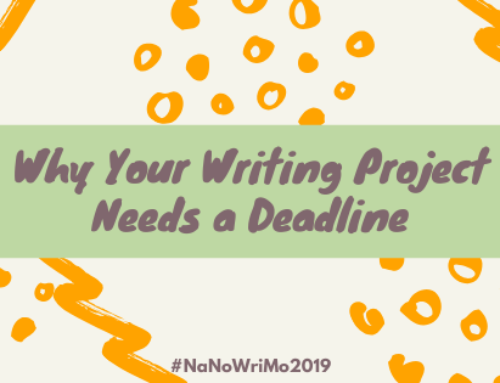Here at Mill City Press, we regularly see wonderful collections of creative poetry. Poetry is an art form that pours from the heart, encompassing a wide range of passions, from joy and happiness to sorrow and grief. While poetry is both beloved and reviled, many readers feel uncertain about how to interact with such a subjective genre.
Poets themselves often struggle with the balance between artistic license and necessary structure when penning their poems. To help navigate these difficulties, we have a few basic poetry tips for how to write and publish your best poetic work.
Clarifying Your Intentions
Many of the poets we work with mention their lifelong dream to publish. Keep in mind that while you’re fulfilling your dream, your writing should be for your reader’s enjoyment in addition to your own personal fulfillment.
Poets also often feel compelled to introduce their work, explaining their passion for writing and their desire to use their talent, such statements put their desire to publish at the forefront of the reader’s mind as opposed to the poems at the heart of the book. As a result, these types of introductions, intended to sway readers to buy a copy, may do the opposite.
As you write, keep the reader’s experience in mind. Write from a unique point of view, but in an accessible and enjoyable manner. When it comes to introducing your work, consider letting your poems speak for themselves. Or, ask a fellow poet to contribute a foreword to discuss the merits of your work.
Organizing Your Poems
Many of the poetry collections we see are compilations of an entire lifetime of writing. These manuscripts are often organized chronologically in the order of writing. Some have no intentional organization to speak of. But failing to provide a clear thematic connection from poem to poem can make your collection difficult for readers to understand and enjoy.
Organization provides a helpful framework upon which your work can shine all the brighter. Try organizing your collection into part sections by theme or topic. For instance, a book of poems written after the death of a loved one could be organized using the five stages of grief.
Writing with Consistency
Some poets like to mix and match writing styles within their collections, placing a haiku next to an acrostic poem followed by a sonnet. While poets have creative license to determine which style (or lack thereof) to apply to their poems, maintaining some consistency gives the reader a smooth and measured reading experience.
Even if you would like to experiment with different styles of poetry within your collection, consider grouping them by style. Once you’ve selected a style for a poem, use it consistently throughout each stanza. If your poetic framework calls for a certain rhyming structure, adhere to it faithfully. Having each beat land properly in its meter creates a pleasing and steady rhythm for your reader to enjoy.
Formatting Poetry
Poets have free rein to visually organize their work in ways that writers of prose can’t. Indentation, centering, line breaks, and other formats are fair play for the poet’s creativity. But keep in mind that the overuse of such visual scrambling can be overwhelming to the reader, and each use lessens the impact.
When using unconventional formations for your poems, ensure that you have a compelling reason to do so. Is it important for you to insert a tabbed space between two words? Does it add meaning to the poem to hang letters vertically down the page? How does it help to center the poem rather than left-justifying? Test yourself with these questions before mixing up your poetic organization. Your reader will thank you for doing so!
Discover more from Mill City Press
Subscribe to get the latest posts sent to your email.














Leave A Comment